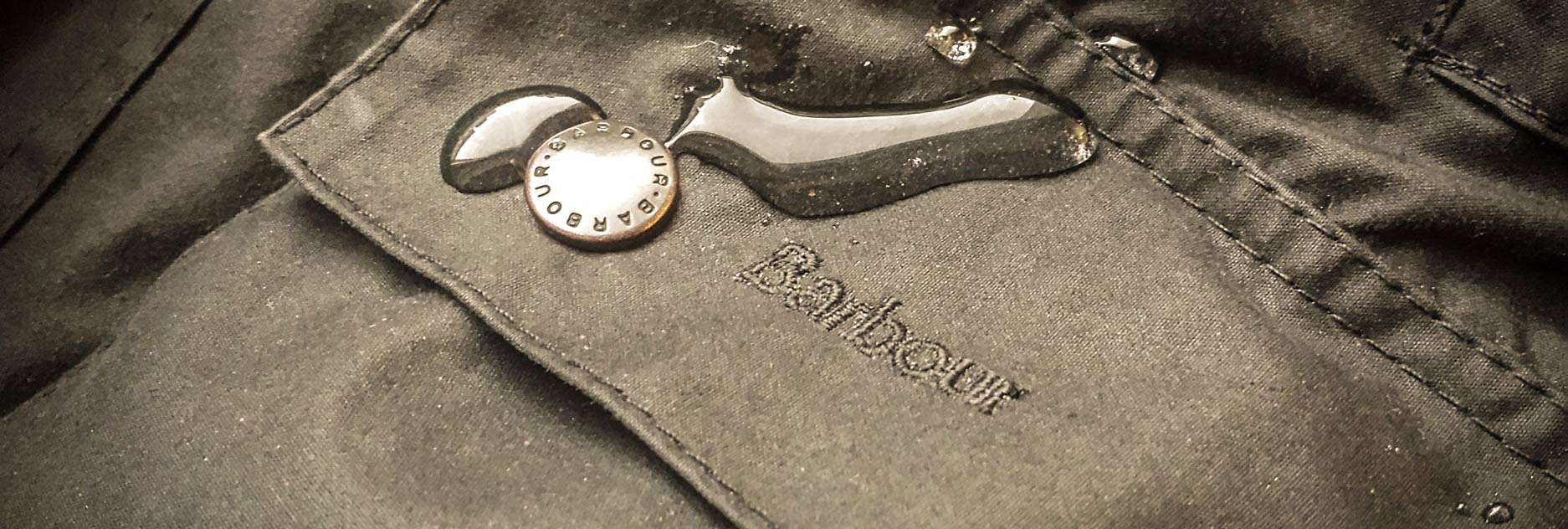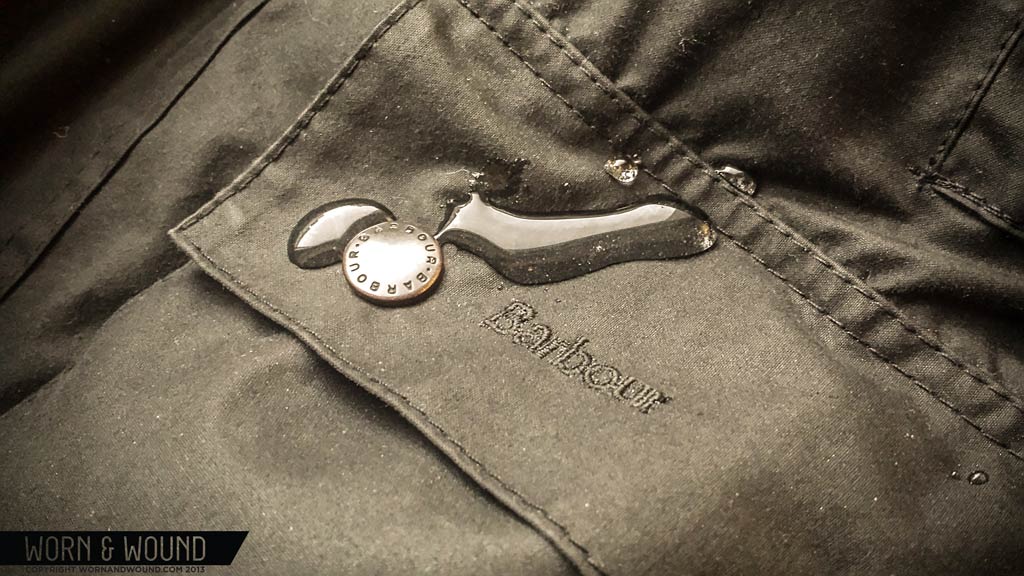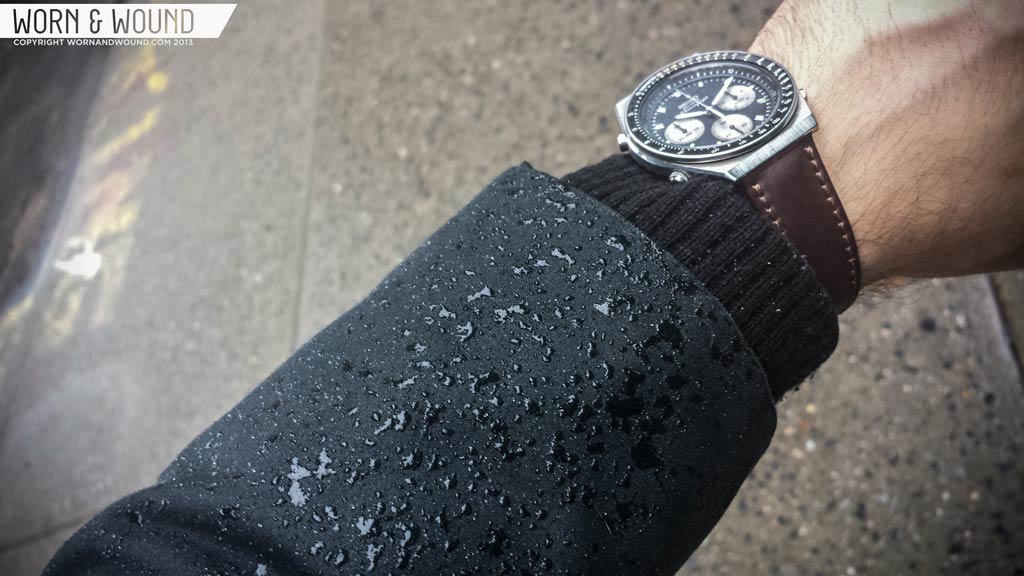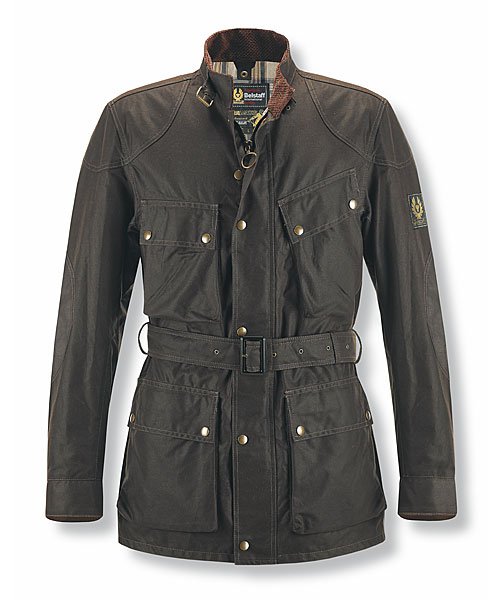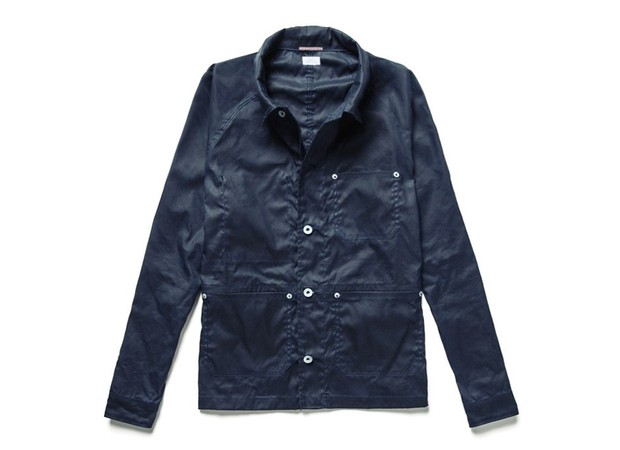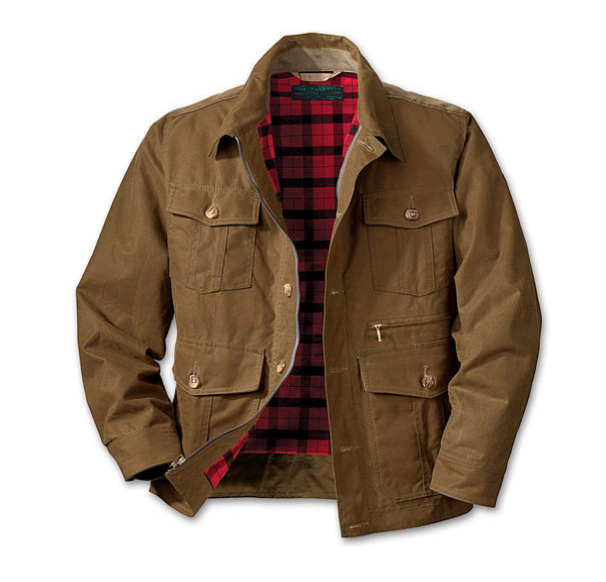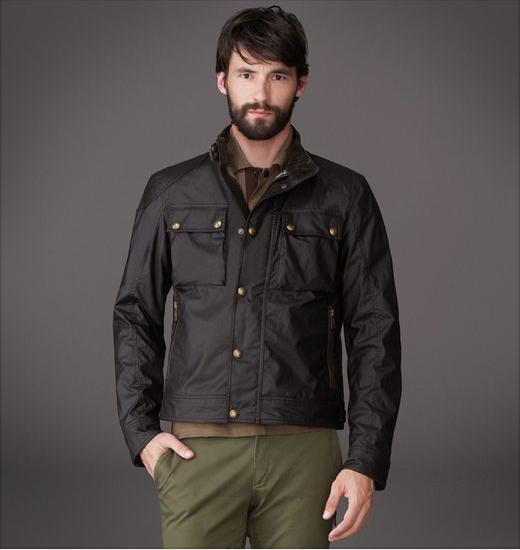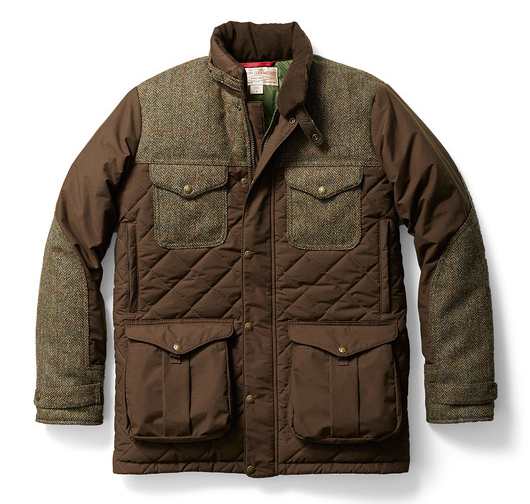Cotton wouldn’t be most people’s first choice today for outerwear during a heavy downpour, but for the longest time – before the advent of waterproof synthetics – cotton was just that. But this wasn’t your run-of-the-mill Hanes t-shirt cotton. No, this cotton was thick and heavy and specially treated with oils and waxes that resulted in a water-resistant cloth that kept the elements out and its wearer dry.
Oilcloth, the result of cotton duck (a dense and heavy cotton canvas) or linen cloth coated in linseed oil, was one of the earliest of such fabrics. Because leather was expensive and required frequent maintenance to avoid drying and cracking, oilcloth offered an affordable alternative as the primary water-resistant layer in clothing, luggage, and carriages. However, oilcloth wasn’t without its faults: it took a long time to dry, the cloth was heavy and prone to cracking, and traditional linseed oil formulations carried with them some degree of toxicity.
Then waxed cotton came along. First developed in the 19th century, waxed cotton was originally intended for use in the Scottish sailing industry. Unlike oilcloth, waxed cotton utilizes a paraffin-based wax, resulting in a much more agreeable cloth. Due to its pliability and general water-resistance, manufacturers began to take notice and soon waxed cotton began replacing oilcoth as the go-to fabric for water-resistant outerwear. Belstaff and Barbour were some of the first to appropriate this fabric in their wares, and over the last century waxed cotton has seen its fair share of applications from the dirt roads of motorcycle races to the trenches of the Second World War.
Today, the terms “oilcloth” and “waxed cotton” are used almost interchangeably by the few manufacturers still producing the stuff. Most of the “commercial oilcloth” out there is actually paraffin-treated cotton. In some instances, “oilcloth” is even used to describe a fabric that has been coated in vinyl or other synthetics to maintain a waterproof exterior. Generally, most manufacturers today opt for the bevy of synthetic fabrics available for use in their waterproof garments.
This begs the question: why choose waxed-cotton over the many wonderful polymers that have been created over the last 50 years? From Gore-Tex to NeoShell, there are a ton of outstanding fabrics that are not only more practical than waxed cotton, but also more effective.
The answer is probably similar to one a watch lover might offer when asked why anyone would choose a fragile mechanical watch over a sturdy and accurate quartz. Sure, waxed cotton is not ideal and can even be inconvenient at times: it doesn’t breathe as well, it needs to be re-waxed yearly, and it probably won’t be as effective in a heavy storm. But waxed cotton is a rugged and natural fabric that, unlike most synthetics, will look better with some wear and tear.
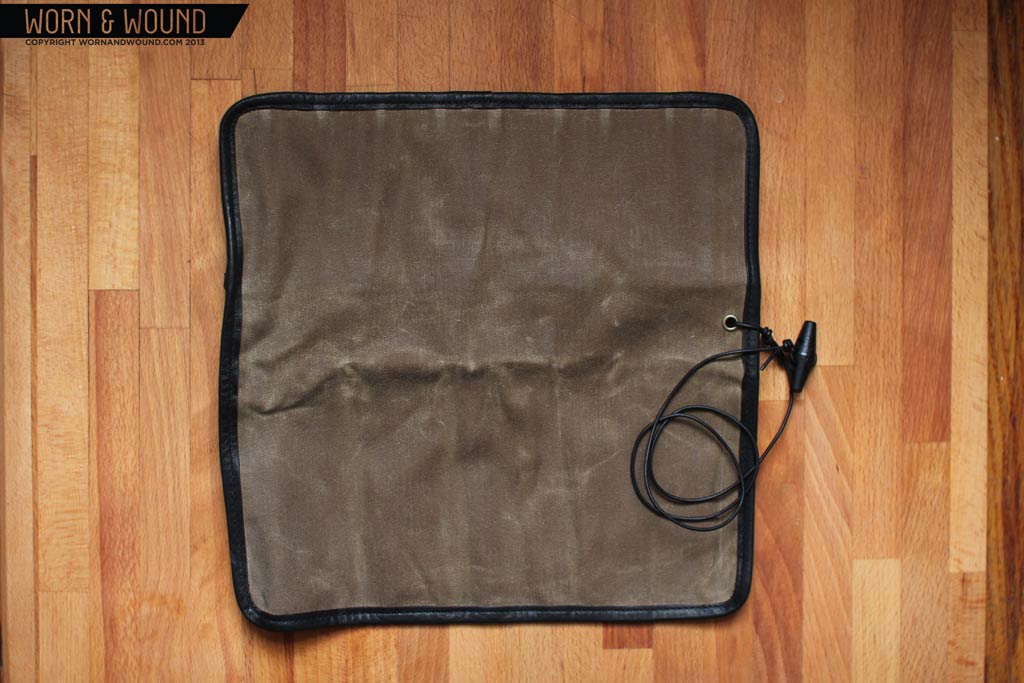
A Filson jacket will fray, crease, fade and ultimately shape to its wearer, and each re-waxing will add to its character and appeal. Gore-Tex, on the other hand, won’t. It won’t develop a patina and scar the same way waxed cotton does. It’s bland and industrial, and though it serves a purpose, it won’t look as good paired with jeans and a button down. Ultimately, like your favorite mechanical timepiece, an item made from waxed cotton will age with you and become a canvas for your life.
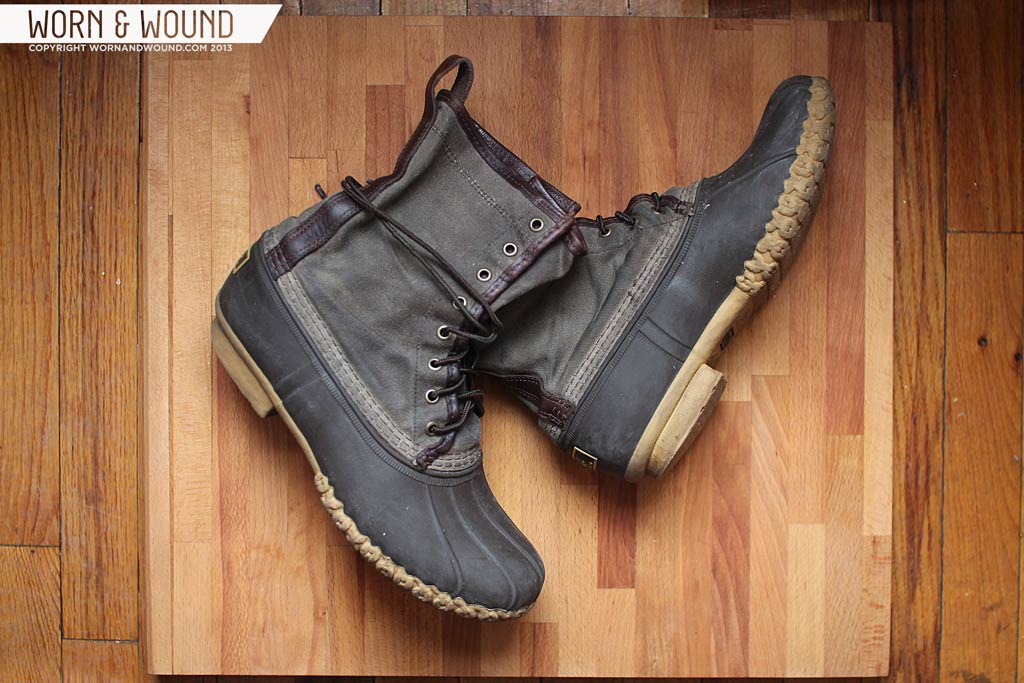
For those of you interested in getting a waxed jacket but think the upkeep might be a headache, I’ve included a simple guide below:
- If caught in a rainstorm, allow your jacket to fully dry and air out.
- Spot clean your jacket with some cold water and a cloth/sponge. Do not use hot water, avoid soap or any other detergents, and never put your jacket in the washing machine, as that will remove all wax from the cloth and make it almost impossible to re-wax.
- Most brands offer a re-waxing service for a small fee. Barbour, for example, will even do repairs to your favorite jacket in addition to re-waxing.
- If you prefer to DIY, you can re-wax your own jacket. To ensure the best result, use branded wax from the same maker as your jacket. Different manufacturers use proprietary formulations that may offer varying results if mixed.
- Re-waxing your jacket is simple, but it can get messy. Follow these steps to avoid any problems.
- Use a well-ventilated room. This process can get smelly.
- Clean the exterior of your jacket with cold water and a sponge. Hang it up and allow it to dry.
- Melt the wax (do not remove it from its container) by running the container under hot water. Do this for about 20 minutes or until the wax reaches a liquid consistency.
- Cut up an old t-shirt into two pieces: one for applying the wax, and the other for soaking up any excess that doesn’t permeate the fabric. Apply the wax by rubbing it evenly into the fabric, trying to keep the color consistent throughout.
- Use a hair dryer to even out the finish. This will give the jacket that desired waxy luster.
- Allow the jacket to dry overnight.
- If the finish still looks a bit uneven, give it another go with the hair dryer. That should take care of any remaining inconsistency.
- Wear in good health.
Browse the gallery below for some of our favorite waxed jackets.
By Ilya Ryvin









 Featured Videos
Featured Videos




